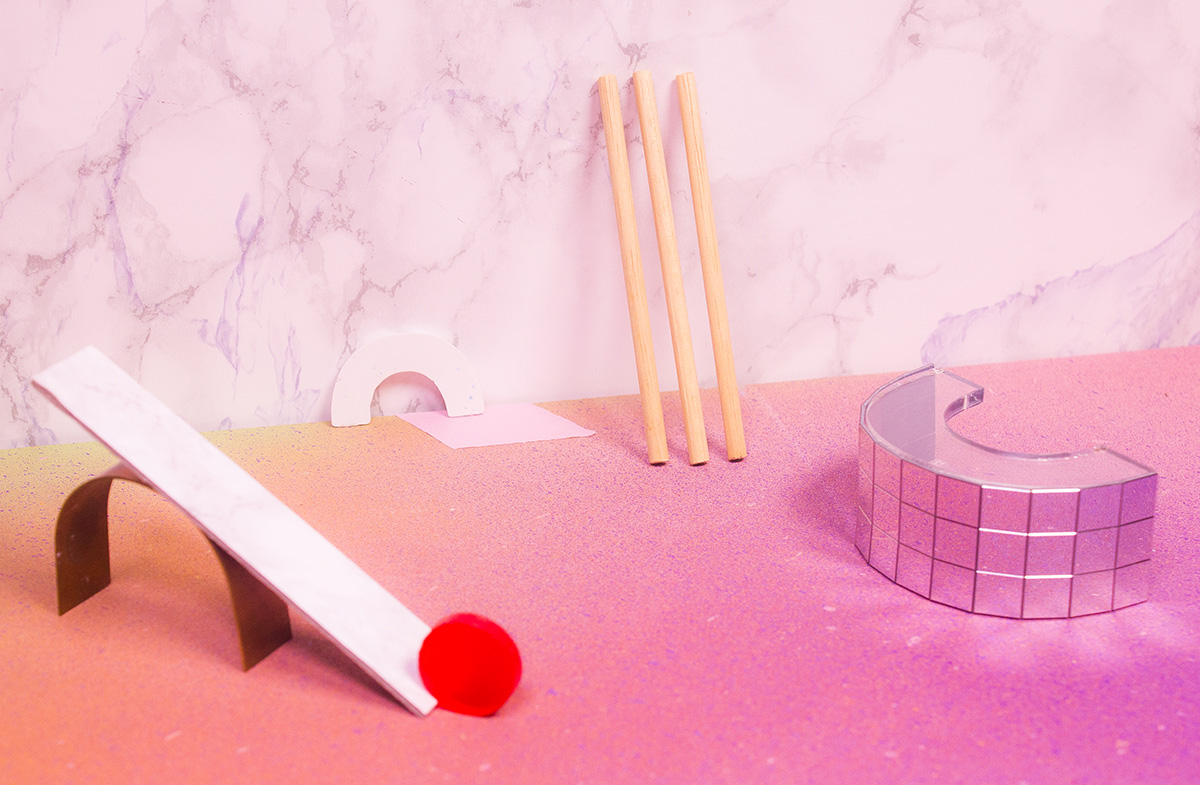A phenomenological approach to primary research in Spatial Design

Abstract
This case study advocates a phenomenological approach to site-specific documentation and evaluation, placing human psychological needs and lived experiences at the centre of Spatial Design education. The project, with 2nd year students from the BA (Hons) Spatial Design course at London College of Communication, delineates how primary research methods are introduced as a prelude to sensory driven design iterations. It showcases how a public space became a pedagogic environment for students to bridge the gap between studio practice and lived experiences through active learning. It also underlines how introducing practices informed by academic research enhances the students’ learning experience.
Keywords
Primary Research, Active Learning, Spatial Design, Sensory Experience.
Author Biography
Valerie Mace
Valerie is Course Leader of the BA (Hons) Spatial Design at the London College of Communication. This innovative course integrates multidisciplinary practices to inform the design of experiential environments that cater for the diversity of human needs for sustainable futures. Previously, Valerie ran the FdA Graphic and Spatial Communication and the Interior Design Diploma courses at LCC. She also created a digital drawing virtual learning environment for the University of the Arts' Centre for Teaching and Learning, and taught on professional courses at Chelsea College of Arts.
As Senior Lecturer Valerie has gained extensive experience in teaching and curriculum developments for interior and spatial design practices. She also initiates collaborations with external partners, recently working with the Southbank University acoustic lab, Wimbledon Station, Team London Bridge and National Park City London. Valerie also develops international partnerships for Spatial Design at LCC and has set up a network with universities across Europe and further afield in Indonesia, Australia and India.
With a background in interior design for leisure and cultural environments, Valerie's work centres on experiential design, sensing and atmosphere. She draws on a variety of media, from mapping techniques to 3D digital environments, model making, photography, film and animated narratives.
References
- Design Council (2007) Eleven lessons: managing design in eleven global brands, a study of the design process. Available from: http://www.designcouncil.org.uk/sites/default/files/asset/document/ElevenLessons_Design_Council%20(2).pdf (Accessed: 11 June 2016).
- Gibson, J.J. (1986) The ecological approach to visual perception. Rev. Edn. Hove: Taylor & Francis Group.
- Gibson, J.J. (1983) The senses considered as perceptual systems. Rev. Edn. Santa Barbara: Praeger.
- Knueppel, G. (2011) ‘Interspace: spatial and temporary formation of sensory communities within interior environments’ in Fleming, J et al (eds.) Interior tools, interior tactics: debates in interior theory and practice. Faringdon, Oxfordshire: Libri Publishing. pp. 81-92.
- Mace, V. (2016) ‘The primary research learning experience: documenting life in spatial design’, Learning and Teaching Day 2016: reimagining creative spaces for teaching and learning. University of the Arts London, 13 January. Available at: http://cltad-web.arts.ac.uk/latd/2016/sessions/mace/ (Accessed: 28 June 2016).
- Mace, V. (2014) ‘Sensing the urban interior’, [in]arch international conference: interiority and architecture, Universitas Indonesia, Depok, Jakarta, 10-12 September. Available from: http://ualresearchonline.arts.ac.uk/8427/ (Accessed: 12 June 2016).
- Malnar, J.M. and Vodvarka, F. (2004) Sensory design. Minneapolis: University of Minnesota Press.
- Pallasmaa, J. (2005) The eyes of the skin: architecture and the senses. Chichester, West Sussex: Wiley and Sons.
- University of the Arts London / LCC, BA (Hons) Spatial Design (2015) Inhabiting the transition space: enriching Wimbledon commuters’ experience through spatial design. Available from: https://vimeo.com/148009029 (Accessed: 12th June 2016).
- Zumthor, P. (2003) Atmospheres: architectural environments - surrounding objects. Basel: Birkhäuser.
